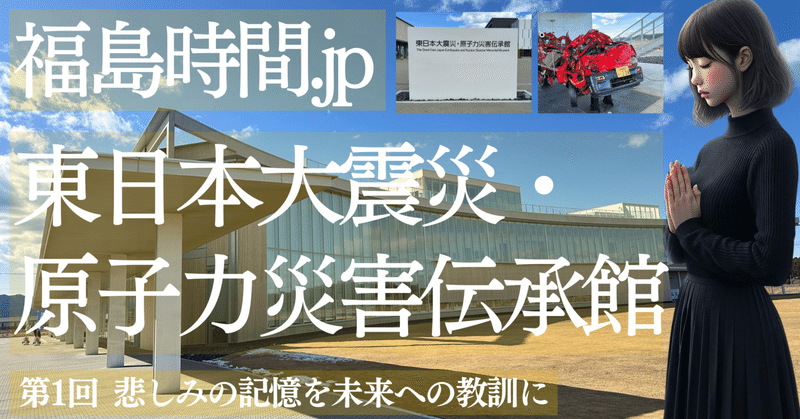
【福島時間.jp】第1回 東日本大震災・原子力災害伝承館 〜悲しみの記憶を未来への教訓に〜
東北の太平洋沿岸に位置する福島県双葉町には、過去の大惨事から目を背けることなく、その記憶を未来へと確実に継承していくための施設があります。それが東日本大震災・原子力災害伝承館です。
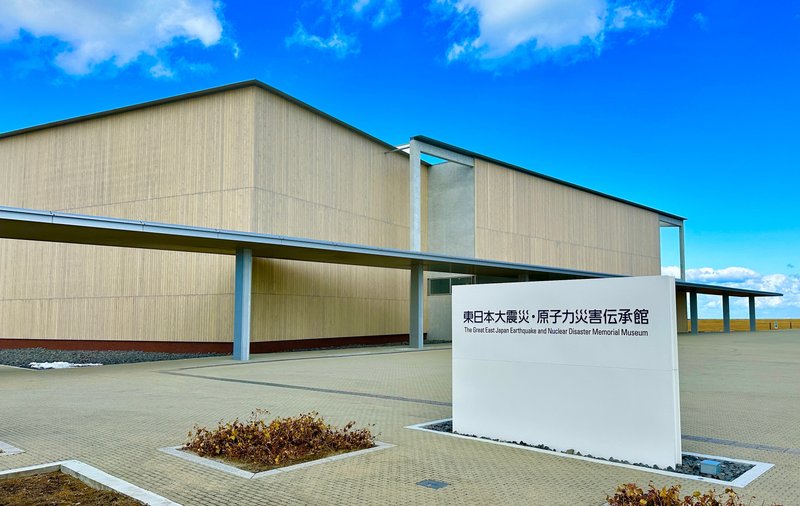
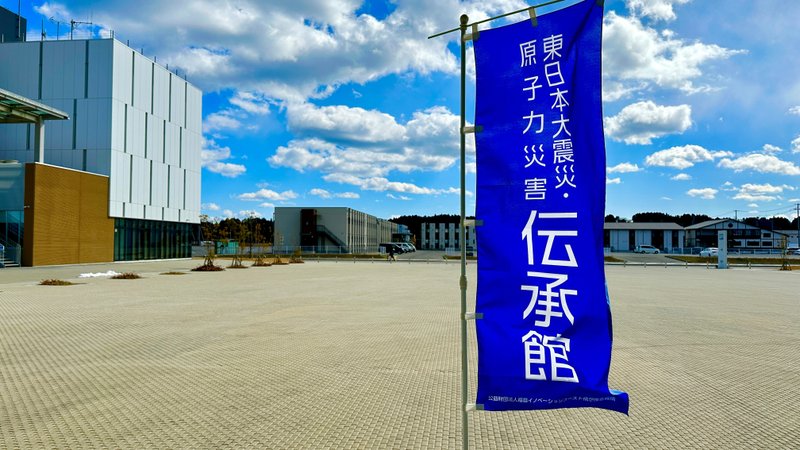
私は震災から13年が経過した2024年3月10日、この施設を訪れる機会を得ました。施設の外観から漂う堂々とした佇まいに圧倒されながらも、館内に足を踏み入れた瞬間、あの震災の記憶がふたたび生々しく蘇ってくるのを感じました。
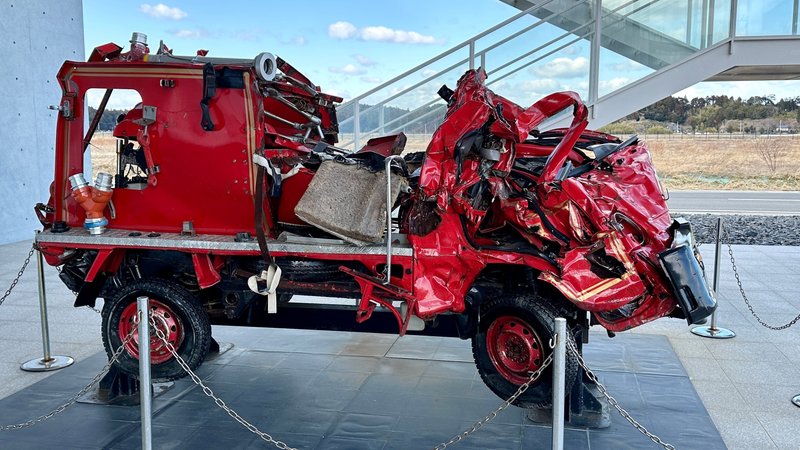
この施設の規模は実に壮大で、私の予想を大きく上回るものでした。延べ床面積は約5200平方メートルに及びます。訪れた際には、周辺は何もない平地になっており、震災の傷跡を感じることがほぼできない光景でした。あの未曾有の大災害の規模と深刻さが周辺からは感じ取ることはできませんでした。
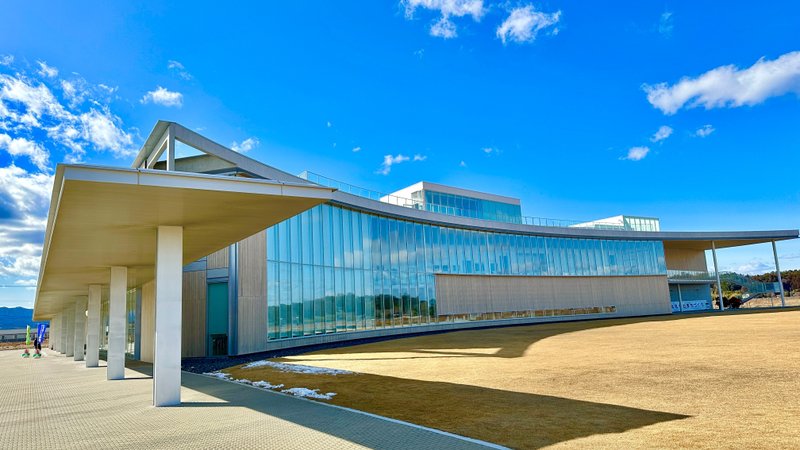
しかし館内に目を転じると、大震災と原子力災害の全容が、精緻な展示を通して次々と明らかにされていきます。発災の経緯、原子力発電所事故への対応、被災地域の人々の体験と想い、長期に渡る深刻な影響、そしてなおも続く復興の歩み。この一連の流れが6つのセクションで克明に描き出されています。
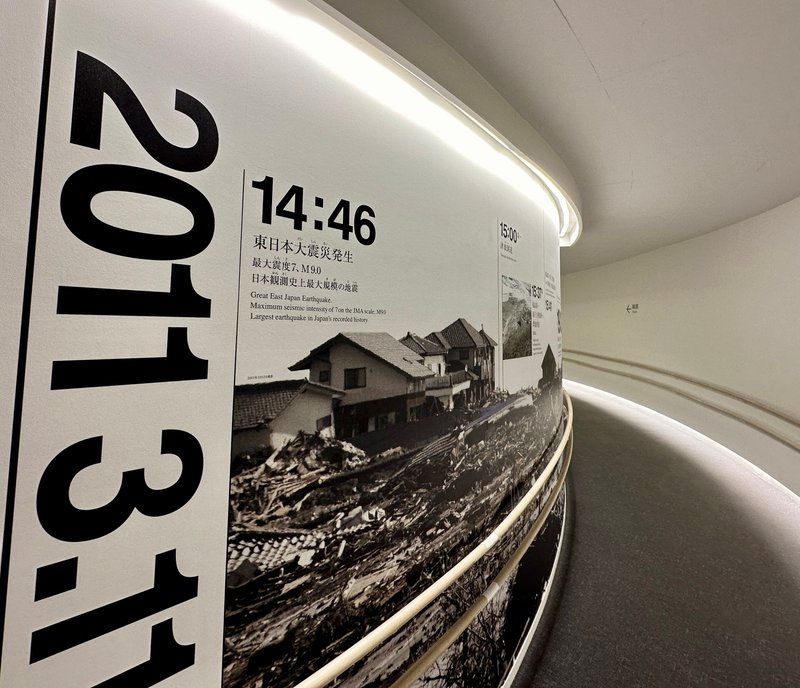

展示は多様なメディアを効果的に活用しており、特に俳優の西田敏行氏による力強いナレーションが印象的でした。言葉の一つひとつに込められた想いは、訪れる者の心を強く打ちます。展示を通じて得られる、予想を上回る臨場感とリアリティに、私は度々圧倒されました。

中でも最も印象深かったのは、被災された方々の生の声に直接触れられた点です。語り部の皆様から伺えたのは、あの日の恐怖と無力感、そしてなおも癒えぬ深い傷跡でした。しかし同時に、言葉の裏側から伝わってくるのは、復興に向けて粘り強く前に歩み続ける人々の姿でした。そこには人間の尊厳と希望の光を感じずにはいられませんでした。
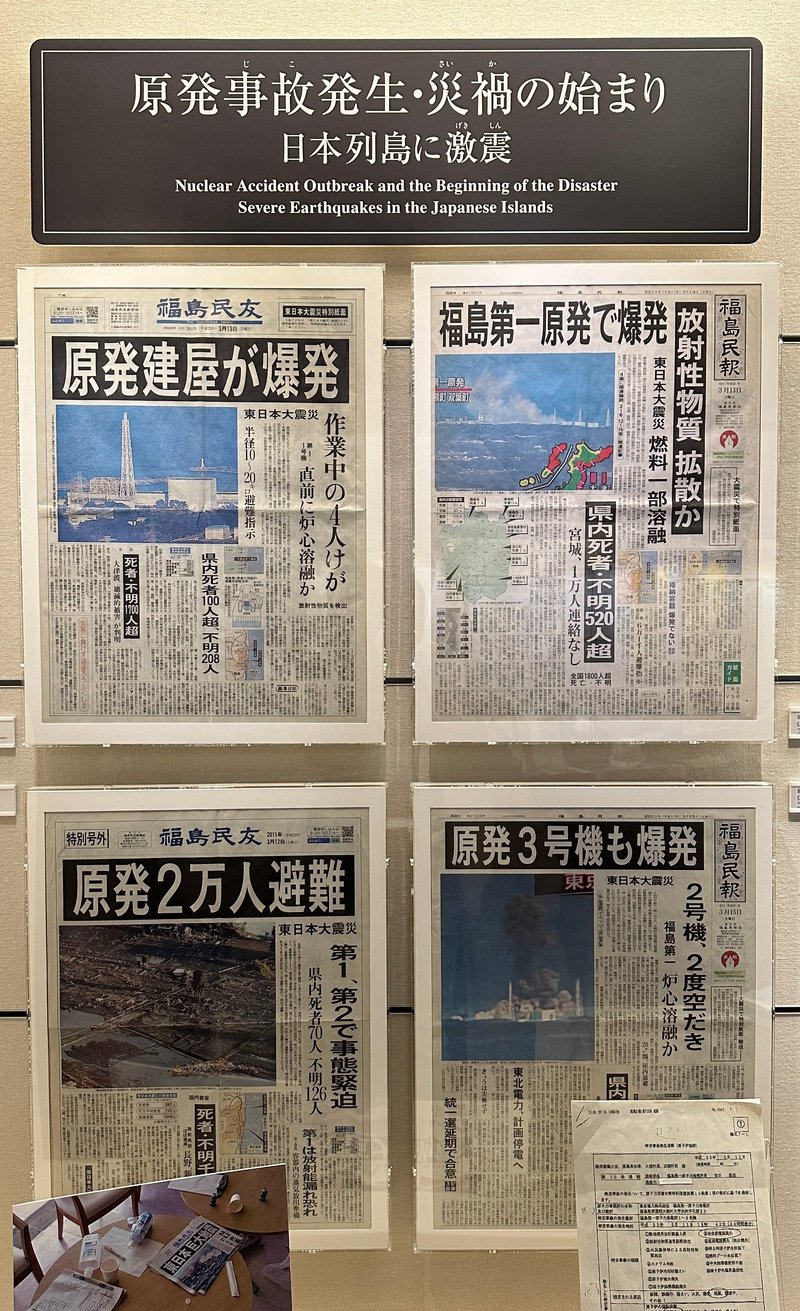
一方で、この重要な施設も課題を抱えていることが分かりました。展示内容において、当時の東京電力や政府の責任に言及が不足しているとの指摘があるほか、語り部の活動にも一定の制約があることがわかりました。公的施設としての側面を考慮する必要があることは理解できますが、真実の完全な伝達と公平性の確保に向けて、今後の改善を強く求めます。
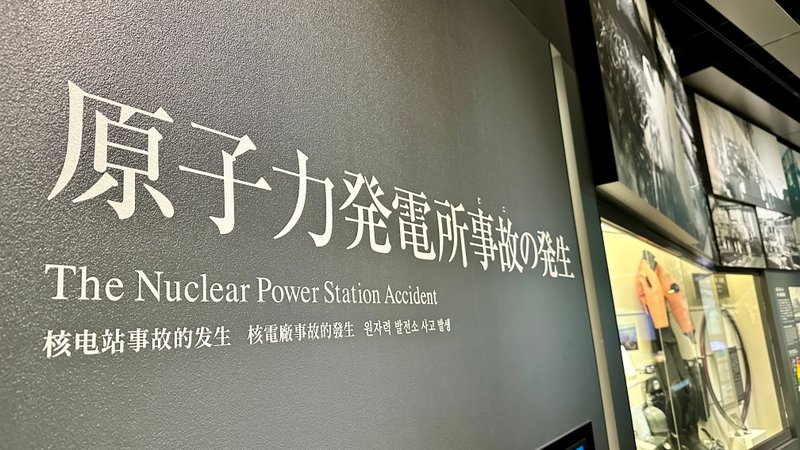
しかし、訪問を通して私が最も強く感じたのは、この施設の存在意義と使命の重さでした。震災と原発事故の記憶が風化し続ける中で、一人でも多くの人々にその実相を伝え、未来への教訓として確実に継承していく。その使命は常に変わることなく、ここにあり続けます。

言うまでもなく、震災から年月が経過すれば経過するほど、記憶は次第に色あせていきます。しかし、この施設が担う役割は、そうした風化を決して許しません。世代を超えて、悲しみの記憶を未来への貴重な教訓として受け渡していくことです。私はこの使命の重さを心の底から実感しました。

大切なのは直接この施設を訪れ、目と耳で記憶を新たにすることです。資料を読んだり映像を見るだけでは決して得られない、生々しい実感と深い理解が、ここにはあります。一人でも多くの人に足を運んでいただき、震災と原発事故の真実に向き合っていただきたい。それが、この施設への私の最大の願いです。
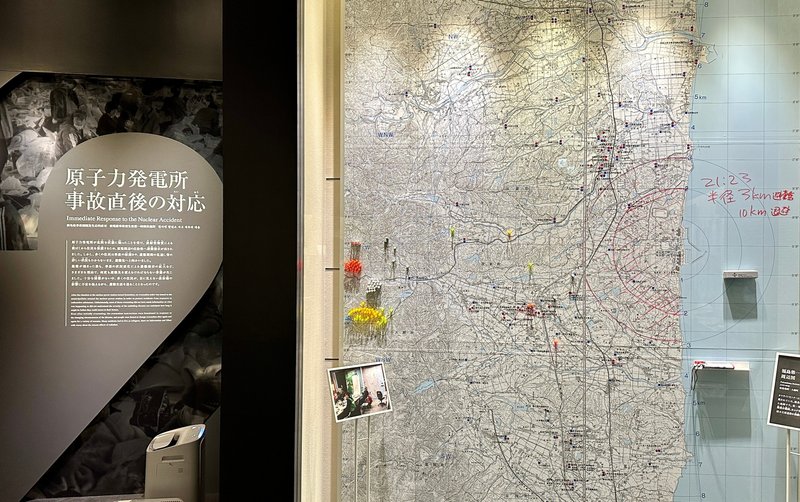
あの未曾有の出来事から13年が経過した今、この施設は過去への鎮魂と未来への希望を両立させる、まさに象徴的な存在となっています。悲しみの記憶を風化させることなく、次の世代へとしっかりと継承していく拠り所。その使命を確かに全うしていくことが、私たち全ての責務なのではないでしょうか。
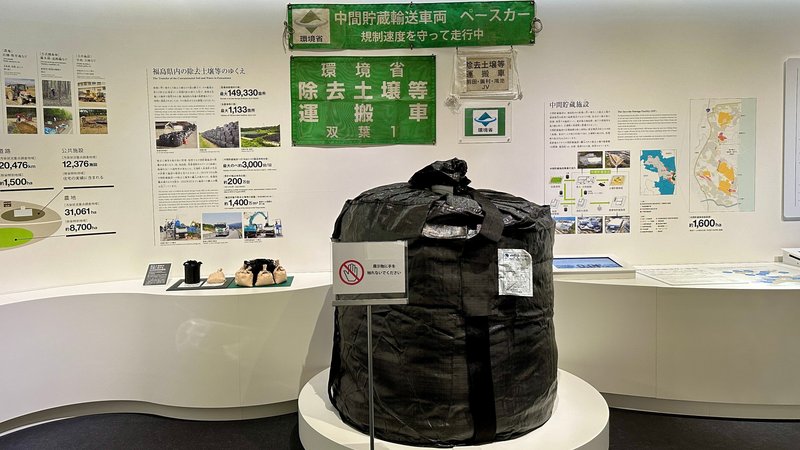

The Great East Japan Earthquake and Nuclear Disaster Memorial Museum: Transforming Sorrowful Memories into Lessons for the Future
Located along the Pacific coast in Futaba Town, Fukushima Prefecture, in the Tohoku region, there exists a facility dedicated to facing the harsh realities of past catastrophes without shying away, ensuring the memories are faithfully passed on to the future. This facility is the Great East Japan Earthquake and Nuclear Disaster Memorial Museum.
On March 10, 2024, 13 years after the disaster, I had the opportunity to visit this facility. Overwhelmed by its dignified appearance from the outside, the moment I stepped inside, the memories of that disaster vividly came back to life.
The scale of this facility was truly magnificent, far exceeding my expectations. The total floor area spans about 5,200 square meters. At the time of my visit, the surroundings were flat land with almost no visible scars of the disaster, making it hard to grasp the scale and severity of that unprecedented catastrophe from the area alone.
However, turning my attention inside the museum, the full scope of the earthquake and nuclear disaster is revealed through detailed exhibits. These cover the sequence of events leading up to the disaster, the response to the nuclear power plant accident, the experiences and feelings of the people in the affected areas, the long-term serious impacts, and the ongoing journey of recovery. This flow is meticulously depicted across six sections.
The exhibits effectively utilize a variety of media, with particularly powerful narration provided by actor Toshiyuki Nishida. The emotions embedded in each word profoundly touch the hearts of visitors. The realism and presence offered by the exhibits frequently overwhelmed me.
Most impactful, though, was the opportunity to directly encounter the raw voices of those affected. The storytellers shared the terror and helplessness of that day, as well as their still unhealed deep wounds. Yet, from behind their words, also emerged the determination of those continuing to steadily walk towards recovery. In them, I could not help but perceive the dignity of humanity and a glimmer of hope.
On the other hand, I also learned that this significant facility faces challenges. There were criticisms regarding the lack of mention of the responsibility of TEPCO and the government at the time, and it became apparent that there were certain restrictions on the activities of the storytellers. While I understand the need to consider the public nature of the facility, I strongly hope for future improvements towards full truth transmission and fairness.
Nevertheless, the most profound realization from my visit was the existential significance and the gravity of the mission of this facility. In an era where the memories of the earthquake and nuclear accident continue to fade, it is of utmost importance to convey the reality to as many people as possible and to ensure these lessons are securely passed on to the future. This mission remains unchanging and resides here always.
As time passes since the disaster, memories inevitably begin to fade. However, the role of this facility is to never allow such fading, but instead to pass on the sorrowful memories as valuable lessons to future generations. I deeply felt the weight of this mission.
What is crucial is to visit this facility in person, to refresh these memories with one's own eyes and ears. The vivid realization and deep understanding that cannot be achieved through reading materials or watching videos alone are present here. I wish for as many people as possible to visit and confront the truth of the earthquake and nuclear disaster. That is my greatest hope for this facility.
Now, 13 years after that unparalleled event, this facility stands as a symbolic presence that reconciles the remembrance of the past with hope for the future. It serves as a bastion for passing on the memories of sorrow to the next generation without letting them fade away. Fulfilling this mission is a duty we all share.
この記事が気に入ったらサポートをしてみませんか?
